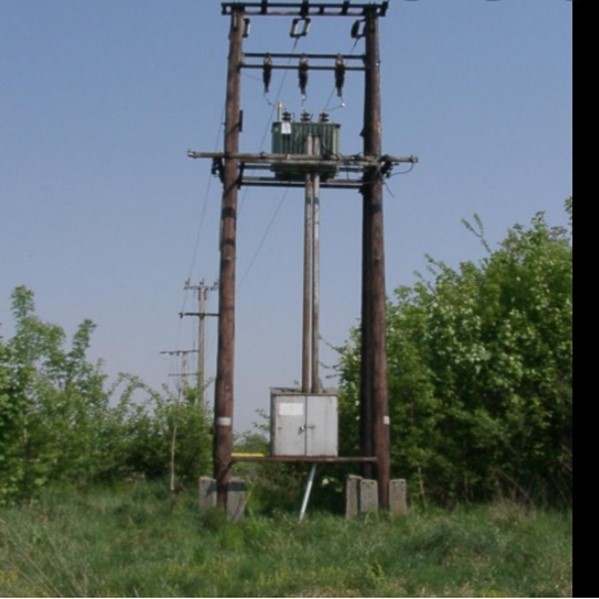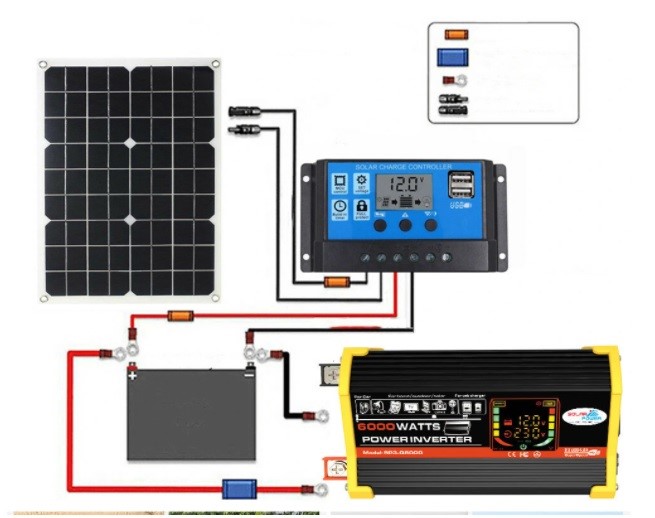STRIDE - Published Overview Of Hungarian Smart Grid Development
16-12-2021
There was an accelerated change in the electricity system in recent years in Hungary. The Hungarian Energy and Public Utility Regulatory Authority has published a technology overview examining Hungarian Smart Grid Development on 19 July 2021.

Figure 1. Old transformers in the Hungarian rural area
The present study not only examines the grid developments’ effects on distribution networks and the possibilities of solving problems with a technical focus, but it also examines the related regulatory issues. All this is a general technical document of 154 pages with detailed analysis of emerging technical issues resulting from the transformation of the Hungarian electricity system, e.g. intervening electric devices, their configuration options and the frequency and not frequency related services from a technical point of view.

Figure 2. Power inverting solutions
The study made comprehensive technical regulatory proposals that harmonise with the EU-wide environment, with the aim of making devices connected via power electronics more involved in the operation of the network, as well as users of FACTS. The suggestions are set out in full in Chapter 6 of this study.
The aim is to make regulatory issues and options more transparent so that they can be examined. The study has concluded that it is necessary to designate the direction of further investigations and consultations. This study can be used as official policy preparation, so it is important to include in the STRIDE training materials and presented at the related Hungarian STRIDE events.
The study can be divided into three main parts, the first being, Part A, this deals with the drivers of change and their wide-ranging, macro-qualitative and quantitative issues. It concludes that a paradigm shift is needed in the operation of distribution networks.
Part B deals with the current EU and domestic regulatory environment, where they focus specifically on technical requirements. It shows that the EU's objectives and the binding regulations contain a number of options, but they are expected to change in the medium term, as they currently focus on the transmission network. Concluded that domestic regulatory environment is currently unprepared to deal with new tools and opportunities, and the existing system of requirements with technical relevance is difficult to structure. Part C provides the frame of the study, where each technical option is explored, the possible technical collisions, bottlenecks and obstacles to the regulatory environment were addressed. It can be stated that devices connected via existing power electronics may be effective in solving the problems outlined. That is, there are currently primarily regulatory barriers to the uptake.
